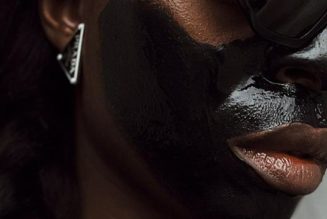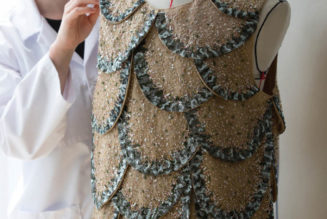
After three years of stringent COVID control measures, China has finally reopened. Morgan Stanley Research analysts expect the wallets of Chinese consumers will do so as well, especially for luxury goods.
As restrictions ease and cross-border travel picks up, the re-emergence of Chinese consumers—the largest cohort for spending in the global luxury goods sector—is expected to boost demand for high-end clothing, accessories and other items by 20% in 2023. Longer term, Chinese nationals are likely to account for 60% of total spending growth on personal luxury goods through 2030, driven by wealth as well as demographic, social and technological factors.
“China should become the industry’s growth engine from this year on, and we expect brands at the top of the luxury-goods pyramid to benefit the most,” says equity analyst Edouard Aubin.
Back From the Sidelines
Before the pandemic, two-thirds of Chinese consumers’ personal spending on luxury goods took place outside of China, and Chinese consumers accounted for about 60% of total industry growth between 2000 and 2019. Although these consumers remained the largest cohort for luxury spending in 2022, disruption from COVID sent their spending down between 10% and 15% last year, after a 20% year-over-year increase in 2021.
Stocks of luxury goods companies proved surprisingly resilient last year, as strong demand from high-income consumers and favorable exchange rates helped offset high inflation and rising borrowing costs. And while valuations are back to historical averages, Aubin sees China—the most important market for European luxury names—driving more opportunity in the sector in the coming year and longer.
“Overall, we expect industry growth to remain solid this year at 7%, albeit slowing from around 15% in 2022, which should lift earnings per share for leading brands by at least 10%,” Aubin says.
In the rest of the world, analysts expect luxury spending in the Middle East to rise 15% in 2023, while South Korea and Japan register single-digit growth. Meanwhile, spending is expected to fall by low single digits in the U.S and Europe.









